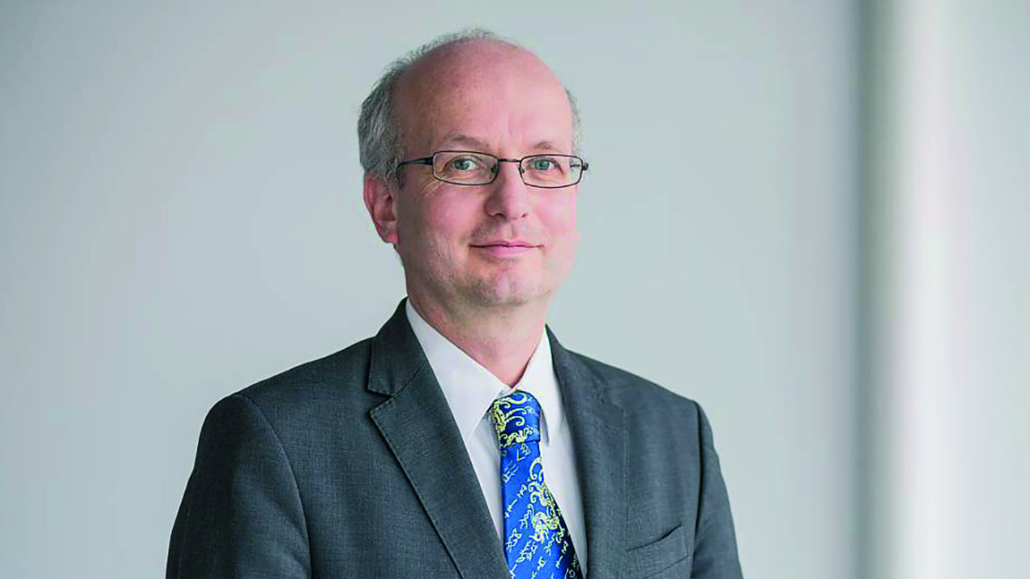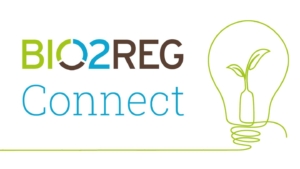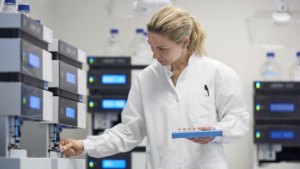
What’s in a patent?
IP - In a recent decision (Royalty vs. DPMA; C-650/17), the European Court of Justice (ECJ) has shed some light on the conditions under which a supplementary protection certificate (SPC) may be granted. It has thus ended discussions that had arisen following earlier somewhat elusive ECJ-decisions. Whether this will be the last word to be heard on the topic remains to be seen.
Supplementary protection certificates (SPCs) are granted for inventions in the field of medicine to extend the protection afforded by a patent. The idea is that the SPC should allow a patentee to have some return on investment for the development of drugs, given their extraordinarily long market authorisation procedures. By the time that a drug enters the market, the corresponding patent will likely have a rather short remaining lifetime, thus leading to a lack of protection.
SPCs
One of the requirements for an SPC grant is that according to Article 3(a) of the EU SPC-Regulation (EC 469/2009), the product should be protected by a basic patent in force. The question, therefore, is what it specifically means for a product to be protected by a basic patent.
In its earliest decision (Medeva, C-322/10) of a series of decisions, the ECJ had stated that the requirement of being protected means that the product must be specified in the wording of the claims. However, this would imply that any product encompassed by the scope of a patent claim but not explicitly mentioned in the wording thereof, would not be eligible for SPC protection.
In later decisions (Actavis; C-443/12; C-577/13), the ECJ specified that the product had to represent the core inventive advance or constitute the subject matter of the invention (of the patent) in order to be protected. In Eli Lilly (C-493/12), the ECJ found that an active ingredient would not necessarily have to be identified in the claims by a structural formula, but may also be only covered by a functional formula, under the additional condition, however, that the claims would implicitly but necessarily and specifically relate thereto. This was taken up in a later decision (Teva versus Gilead; C121/17) which outlined further that for the claims to relate necessarily and specifically to an active ingredient(s), such active ingredient(s) must, from the point of view of a person skilled in the art, fall under the invention covered by that patent; and it must be specifically identifiable in the patent.
Case law
The constellation underlying the Royalty case was that the product (Sitagliptin) was not expressly referred to in the patent claims, and it was not a specifically described embodiment. Rather, Sitagliptin had been developed after the filing date but was covered by a functional definition in the claims. Expanding on the Teva vs. Gilead-decision, the ECJ has now ruled that in order to be protected by a basic patent, a product has to be specifically identifiable in light of all the information disclosed by the patent by a person skilled in the art on the basis of the general knowledge in the field.
Most interestingly, the ECJ, however, further outlined that a product is not protected by a basic patent, where, although falling under a functional definition in the claims, it was developed after the filing date, and following an independent inventive step. This means that a product merely falling under the functional definition of a broad first patent, and representing a further (dependent) invention (as for example demonstrated by the grant of a second later patent for specifically such product), will not be eligible for SPC protection.
In this decision, the ECJ has thus finally provided much-awaited guidance on the question of what’s in a patent, as far as SPCs are concerned.
Dr Markus Engelhard (German Patent Attorney and European Patent and Trademark Attorney, Boehmert & Boehmert) is active in the protection of intellectual property in all fields of life sciences, pharmacology, and biotechnology, having a particular focus on therapeutic biomolecules and pharmaceutically active agents.
This Article was published in the Autumn Edition 2020 of European Biotechnology Magazine.


 BIOCOM / aminul788 - Adobe Stock
BIOCOM / aminul788 - Adobe Stock Bayer Co.Lab
Bayer Co.Lab